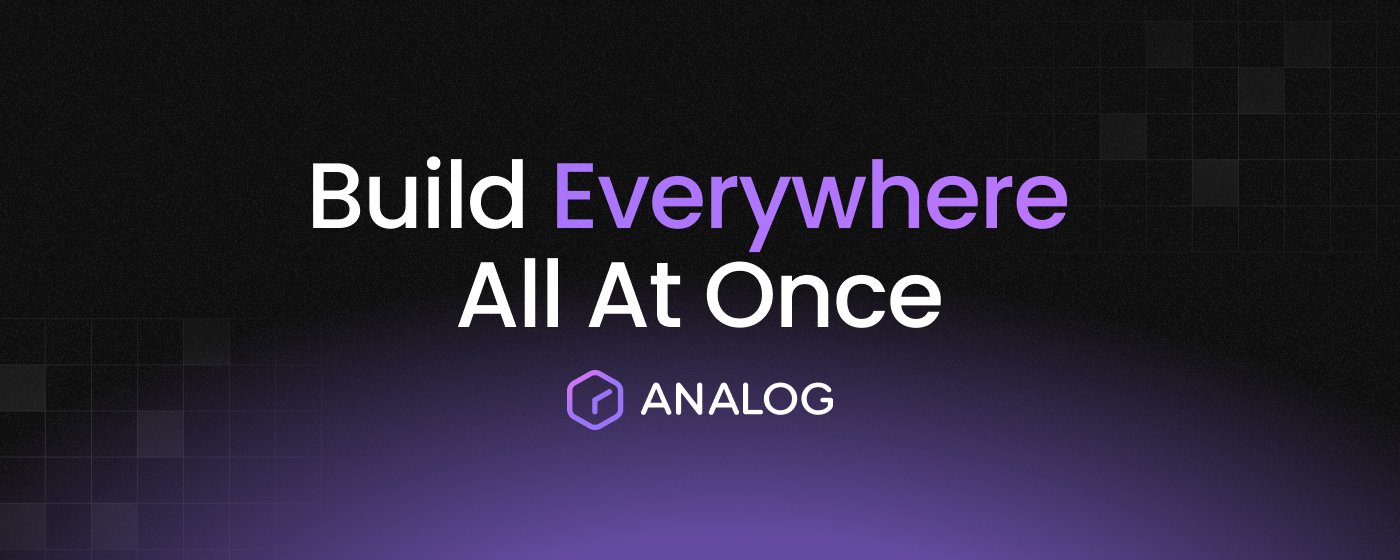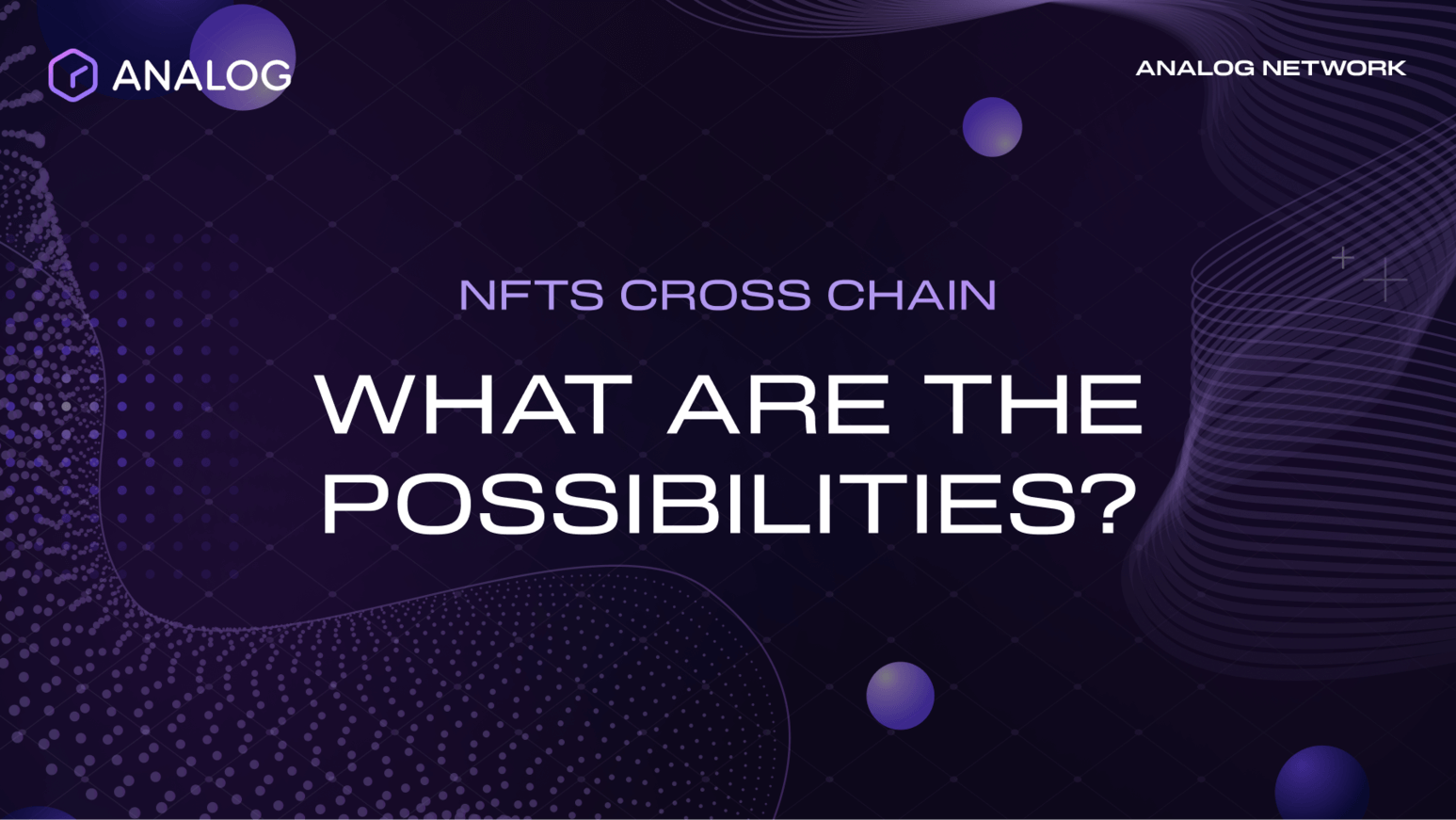
For the past decade, blockchain innovation has largely followed the same pattern: new projects deploy on individual chains, hoping to capture liquidity, attract developers, and build an ecosystem.
The problem is obvious each chain becomes a silo. Assets are locked in isolated pools, liquidity is fragmented, and applications can only reach the users who happen to exist inside that environment.
But what if you didn’t have to choose? What if deploying on one chain automatically meant reaching all chains?
This is the premise behind Analog. Instead of forcing builders to bet on a single ecosystem, Analog makes liquidity borderless. It offers a universal layer where capital, data, and applications move seamlessly across networks, allowing developers to deploy once and scale everywhere.
The Problem of Fragmented Liquidity
Today, building a DeFi protocol, RWA product, or AI-powered application usually starts with one difficult decision: which chain to launch on.
Ethereum offers security but high fees. Solana offers speed but a smaller developer base. Polygon, Avalanche, BNB Chain each brings unique advantages, but each also traps liquidity within its borders.
Bridges tried to fix this problem. But they’ve proven brittle, expensive, and insecure.
Multi-million-dollar hacks have shown that the bridge model introduces new attack vectors while still failing to deliver smooth cross-chain execution. The result? A fractured Web3 where liquidity is shallow, capital is inefficient, and innovation is limited by the silos it is forced to build in.
Analog’s Approach: Build Once, Reach Everywhere
Analog was designed from the ground up to solve this fragmentation. At its core is the Timechain, a sovereign accountability layer that records, validates, and sequences every cross-chain action. Connected to it are Chronicle Nodes, decentralized validators that monitor 60+ chains and confirm events via threshold cryptography, eliminating single points of failure.
Developers tap into this system through General Message Passing (GMP). Instead of deploying different versions of a protocol across chains, GMP enables applications to execute logic across multiple ecosystems as if they were one. Liquidity on Ethereum can back a transaction on Solana. Governance votes on Polygon can trigger actions on Avalanche. AI agents on Base can draw data from Cosmos.
The result is a builder experience where you don’t think in terms of “which chain” at all. You build once, and your application gains native access to the liquidity and users of every connected network.
Borderless Liquidity in Action
Consider a decentralized exchange. On a single chain, it’s limited to the liquidity providers active in that ecosystem. On Analog, the same exchange can route trades across pools on multiple chains, with AI-driven optimization ensuring best execution. Traders see deeper liquidity and better pricing. Liquidity providers see more efficient utilization of their capital.
Or take tokenized real-world assets (RWAs). A tokenized bond issued on Ethereum can be instantly collateralized in a lending market on Solana, with governance and settlement managed on Timechain. Instead of being locked to one network, RWAs become portable, composable, and accessible everywhere.
Even AI agents benefit. Autonomous bots that trade, govern, or manage liquidity need reliable access to data and execution across ecosystems. Analog’s infrastructure provides exactly that: cross-chain data via Analog Watch, execution via GMP, and settlement via Timechain.
Why This Matters
Liquidity is the lifeblood of DeFi and Web3. Without the ability to move assets freely, protocols stagnate, markets remain shallow, and adoption slows. Analog removes these constraints by turning fragmented networks into one unified liquidity layer.
Conclusion
For too long, builders have been forced to choose between ecosystems, sacrificing reach for speed, security, or cost. But the real future of Web3 isn’t about competing silos, it’s about a unified layer where liquidity, assets, and applications move freely across all chains.
Why build for a chain when you can build for all chains? With Analog, borderless liquidity isn’t just an idea—it’s the new default. Deploy once. Reach everywhere.










